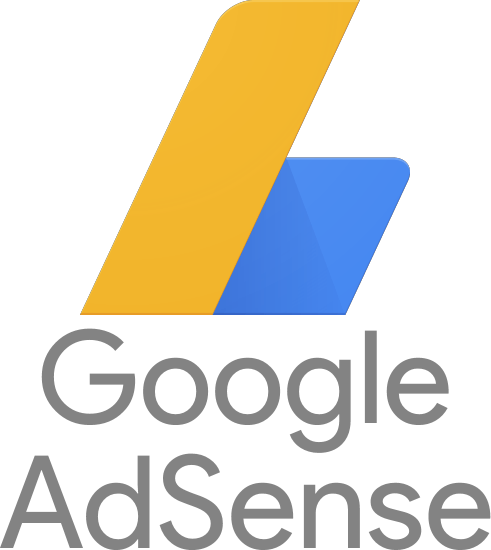I Created The Simplest Video Editor Ever & Earn $2K/Month
Hello! Who are you and what business did you start?
Hi, I’m Ching, co-founder of Piktostory (now known as Piktochart Video). The idea of Piktostory is simple. You can record a video using a webcam or upload one from your computer, Google Drive, or Zoom. Piktostory will auto-transcribe the video for you so that you can have it ready with captions. You can then edit the video like you would edit any text document. Just select a part that you wish to “highlight” or clip using the transcript. This makes editing simpler and faster than using traditional timeline-based video editing.

These are “different” times. I have not been invited to as many virtual talks as I had in 2020. These conversations can then be repurposed for social media. Piktostory appeals primarily to course creators,...

Download the report and join our email newsletter packed with business ideas and money-making opportunities, backed by real-life case studies.

Download the report and join our email newsletter packed with business ideas and money-making opportunities, backed by real-life case studies.

Download the report and join our email newsletter packed with business ideas and money-making opportunities, backed by real-life case studies.

Download the report and join our email newsletter packed with business ideas and money-making opportunities, backed by real-life case studies.

Download the report and join our email newsletter packed with business ideas and money-making opportunities, backed by real-life case studies.

Download the report and join our email newsletter packed with business ideas and money-making opportunities, backed by real-life case studies.

Download the report and join our email newsletter packed with business ideas and money-making opportunities, backed by real-life case studies.

Download the report and join our email newsletter packed with business ideas and money-making opportunities, backed by real-life case studies.































